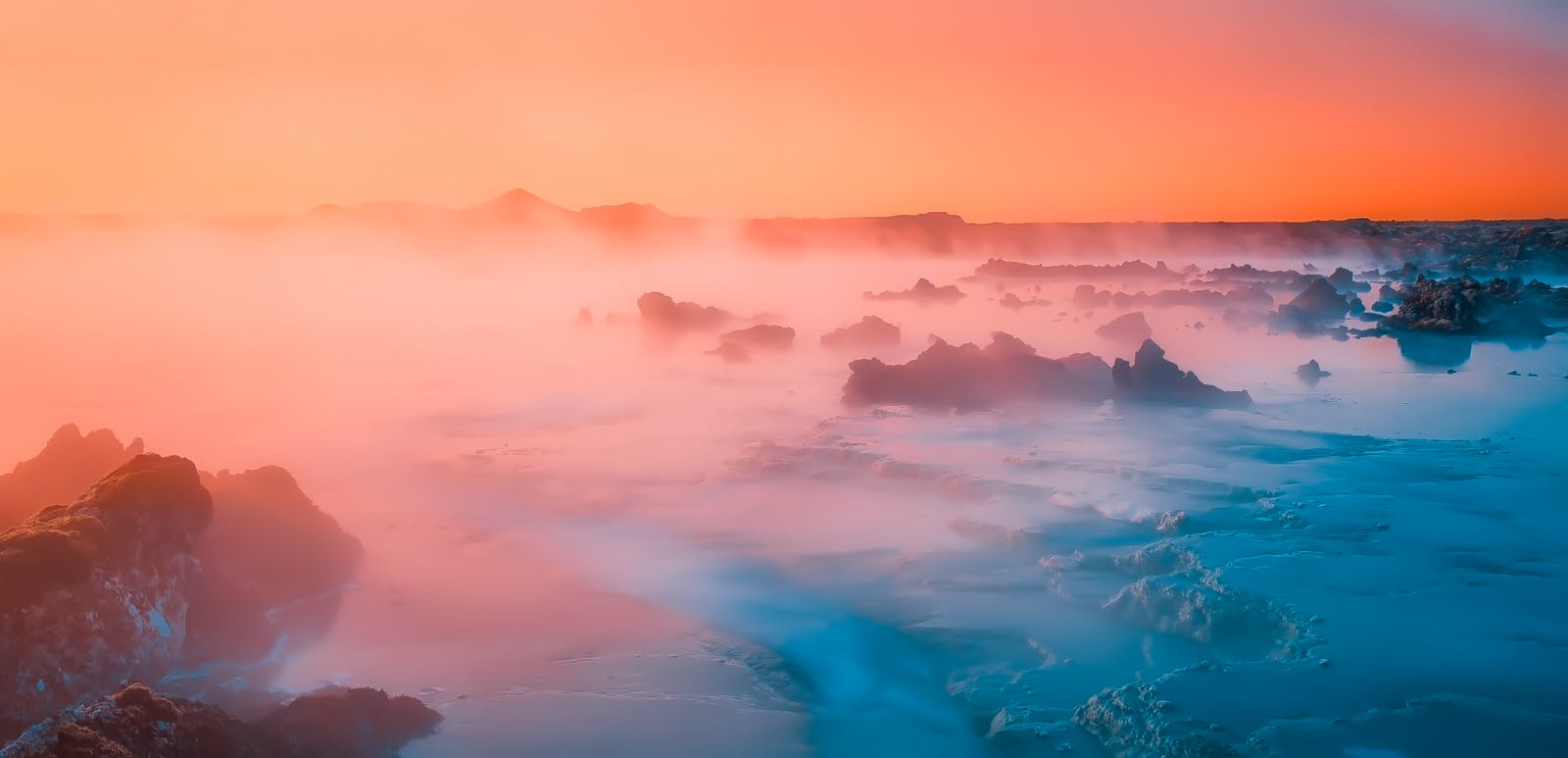
Your Guide to the Blue Lagoon
The Blue Lagoon is on the Reykjanes Peninsula which is an active geothermal area. Check the latest updates on volcanic activity in the region here. Please always check the official Blue Lagoon website for up-to-date information on opening hours and conditions before your visit.
The Blue Lagoon is one of Iceland’s best-known attractions. Its beauty and milky-blue waters have captivated visitors. This geothermal wonder is a must-visit for travellers looking to unwind, explore Iceland’s nature, and indulge in one-of-a-kind experiences.
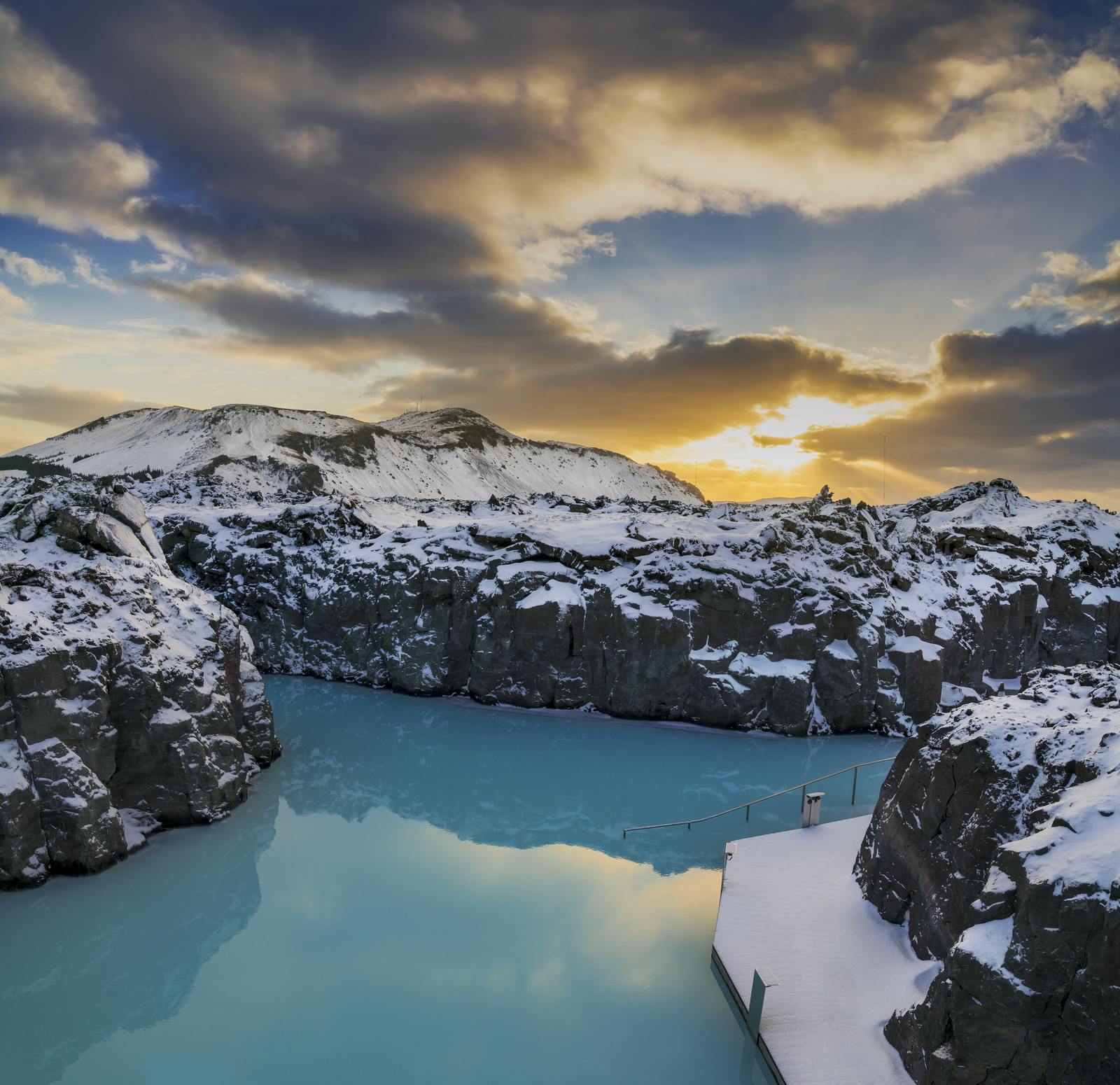
Geothermal Surrounding Area
The Blue Lagoon is located in the heart of Iceland’s Reykjanes Peninsula, a region known for its dramatic volcanic landscapes, vast lava fields, and bubbling geothermal activity. The area is a UNESCO Global Geopark, which means it is beautiful and rich in geological significance. A visit to this region of the island reminds you that Iceland is constantly changing and very much alive.
Nearby attractions include Gunnuhver, an area rich in hot springs, and the Bridge Between Continents, where you can walk across the ceremonial bridge between the Eurasian and North American tectonic plates. And if you’re heading to Reykjavík, don’t miss a visit to Perlan. This fascinating museum showcases Iceland’s natural wonders through interactive exhibits, including a replica ice cave and an observation deck with panoramic views.
Volcanic Activity
The Blue Lagoon is a part of an active geothermal and volcanic area on the Reykjanes Peninsula that has experienced several eruptions in the last couple of years. For the latest updates on volcanic activity, visit www.safetravel.is. Before you visit, be sure to check the official Blue Lagoon website for up-to-date information on opening hours and conditions. This is your best bet when planning your visit.
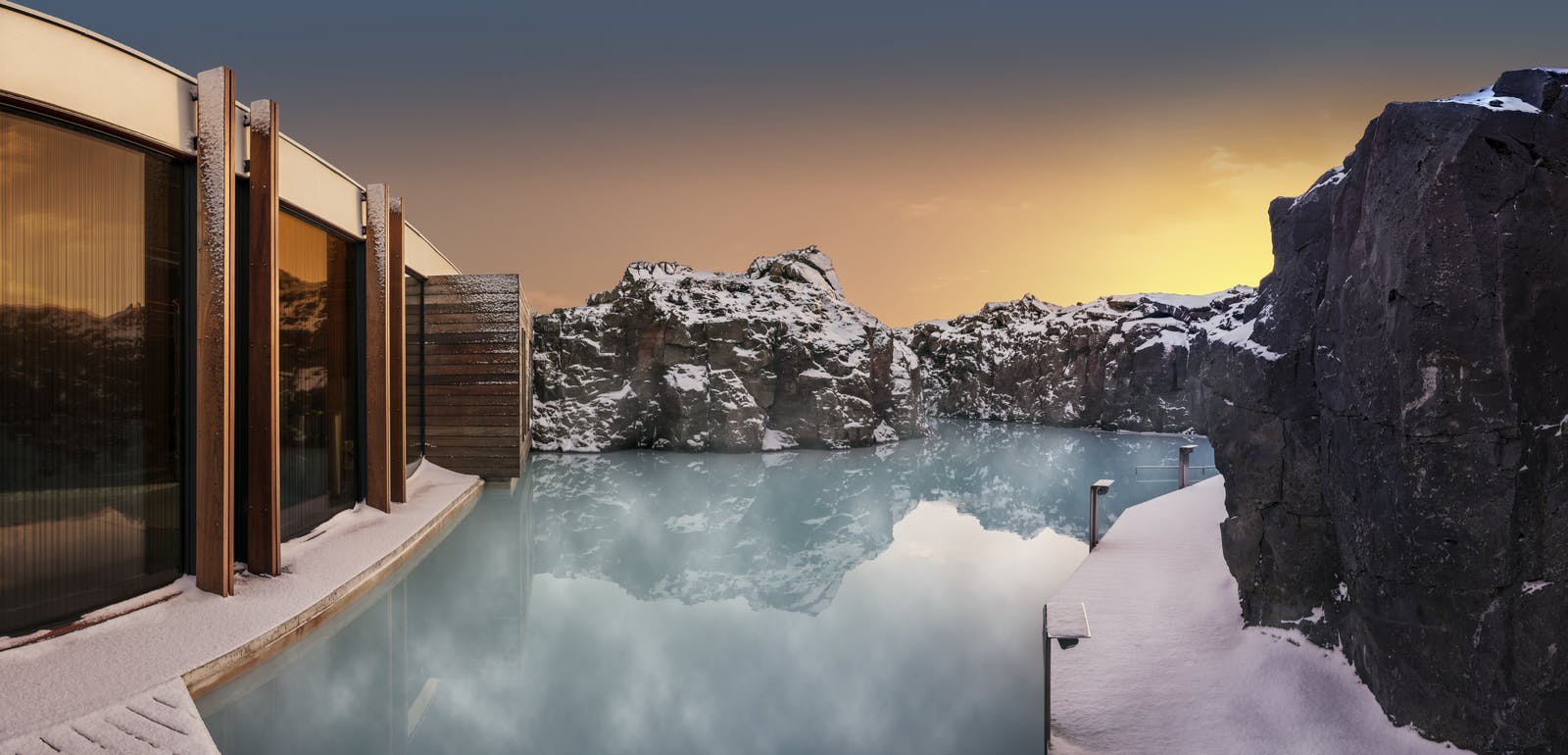
Iceland’s Geothermal Gem
What makes the Blue Lagoon so special? - First and foremost, its waters are unlike any other. The lagoon is fed by runoff from a nearby geothermal power plant, where seawater heated deep within the earth rises to the surface. This water is enriched with silica, algae, and minerals, which give the lagoon its unique blue colour and are renowned for its skin-healing properties.
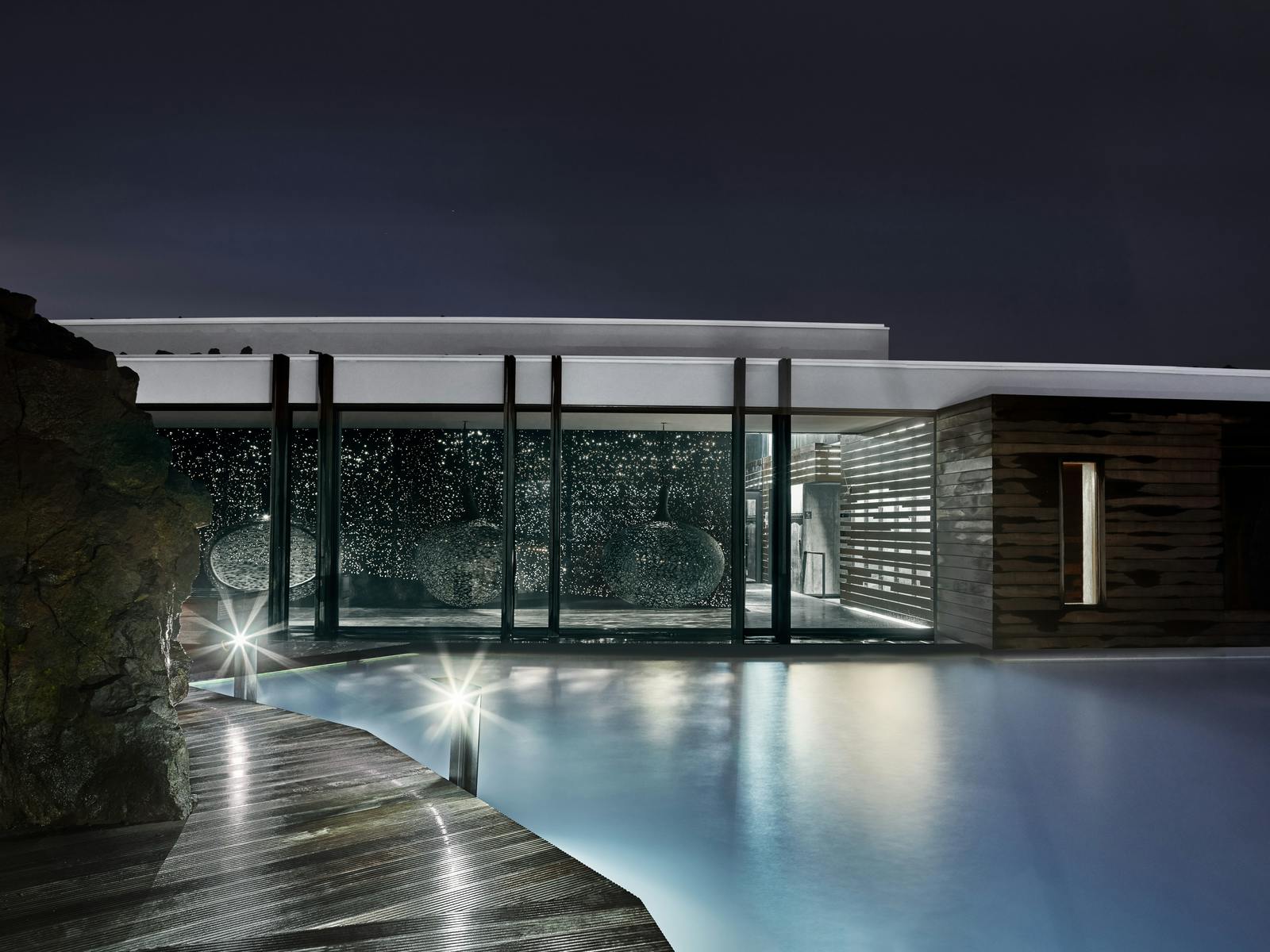
The water temperature is perfect for a relaxing soak, hovering around 37–40°C (98–104°F) year-round. The lagoon provides a calming escape from the hustle and bustle of daily life.
The Blue Lagoon is also incredibly Instagram-worthy. The contrast between the vivid blue water and the dark volcanic rock creates a surreal, dreamlike atmosphere that will leave a lasting impression.
To truly understand its significance, it’s fascinating to explore the Blue Lagoon history and how it evolved from an industrial byproduct to a world-famous wellness retreat.
Perlan Museum Reveals Iceland's Wonders
Unleash the secrets of Iceland's nature at Reykjavik's Perlan Museum! Dive into interactive exhibits showcasing geothermal wonders, mighty glaciers, and vibrant wildlife. From volcanic landscapes to underwater ecosystems, explore Iceland's diverse beauty in this captivating journey. With numerous exhibitions covering all you might want to know about Iceland, Perlan Museum will educate and entertain people of all ages. Read more about the exhibitions in Perlan here.

What to Expect When Visiting the Blue Lagoon
If you’re visiting the Blue Lagoon for the first time, here’s what you need to know:
Reservations Are Essential
The Blue Lagoon is one of Iceland’s most popular attractions, so booking in advance is necessary. Several ticket packages are available, ranging from basic entry to premium options that include drinks, skincare products, and more.
Relaxation at Its Finest
Upon arrival, you’ll be given a wristband as your key to lockers, purchases, and amenities. After a quick shower (mandatory before entering), you can enter the lagoon and let the warm water work its magic. Mud masks are available, so don’t forget to give your skin some TLC.
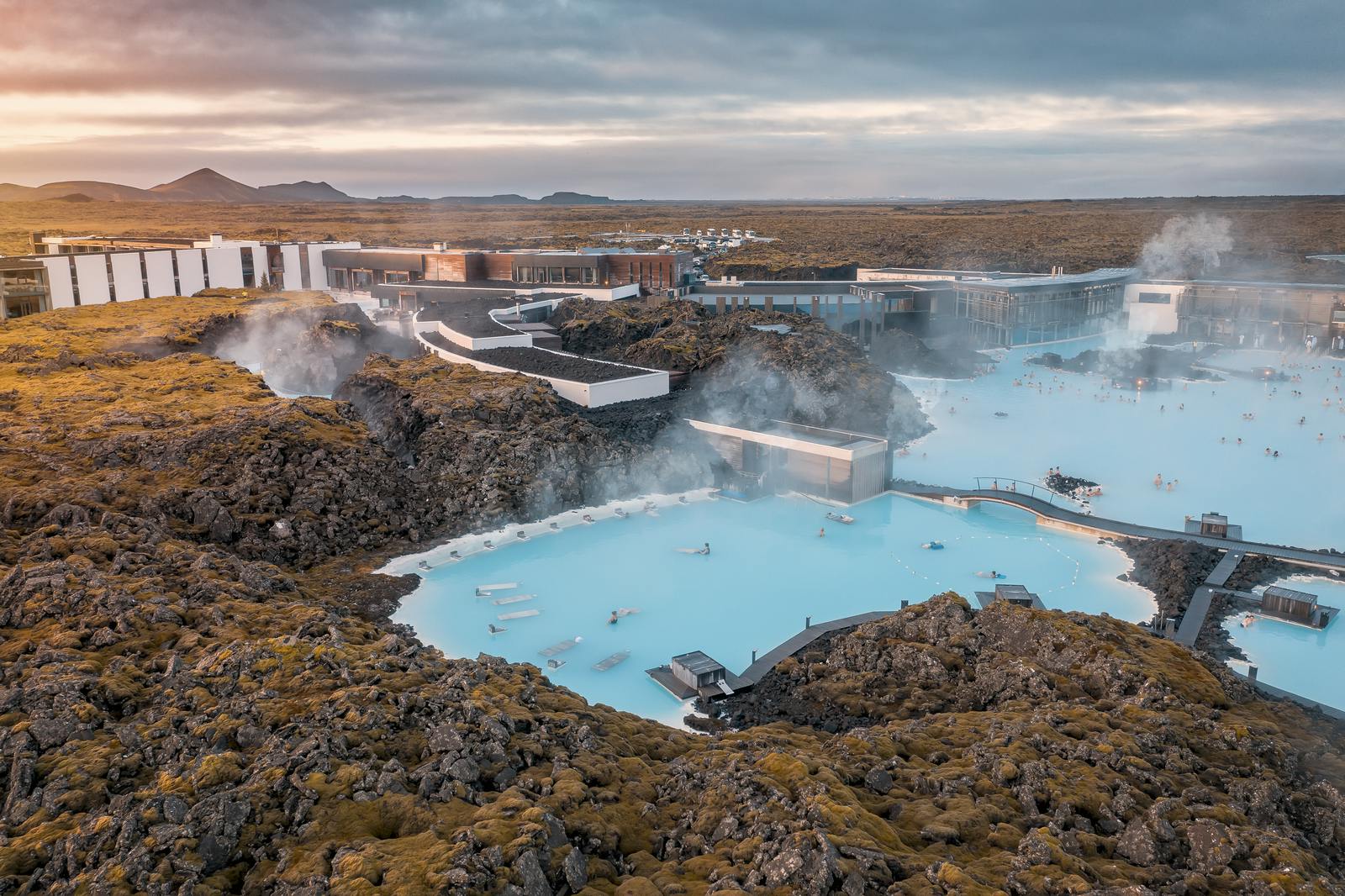
Changing Rooms and Amenities
The facilities are modern, clean, and equipped with everything you need: showers, lockers, and hairdryers. If you forget to bring your own, you can rent swimsuits.
The Retreat: A Luxurious Escape
The Retreat at Blue Lagoon offers unparalleled luxury for those seeking a more private, luxe experience. This exclusive area features private lagoons, a spa, and a hotel, where guests can enjoy premium suites with stunning views of the surrounding lava fields. Staying at The Retreat Hotel also gives you access to The Retreat Lagoon, a quieter, more intimate version of the main lagoon. It’s perfect for couples or anyone looking for more privacy.
Blue Lagoon Dining Options
After spending some time soaking in the luxurious lagoon, you’re bound to work up an appetite. Luckily, the Blue Lagoon boasts exceptional dining options:
LAVA Restaurant
This upscale restaurant serves Icelandic-inspired dishes made with fresh, local ingredients. Its floor-to-ceiling windows overlook the lagoon, and the view is just as memorable as the food.
Moss Restaurant
Located within the more exclusive The Retreat, Moss offers an unforgettable fine-dining experience. The tasting menu is a must-try for foodies.
Blue Café
For a more casual option, the Blue Lagoon’s café serves light meals, snacks, and drinks, making it perfect for a quick bite.
Why You Can't-Miss the Blue Lagoon
Visiting the Blue Lagoon isn’t just about relaxation—it’s about connecting with Iceland’s unique geology. Its natural beauty, luxurious amenities, and world-class dining make it a hard-to-beat destination. And while the lagoon is an unforgettable experience on its own, it’s also the perfect complement to other Icelandic attractions. For example, pairing your visit with a trip to Perlan in Reykjavík lets you learn more about Iceland’s geological history and marvel at the country’s incredible landscapes.
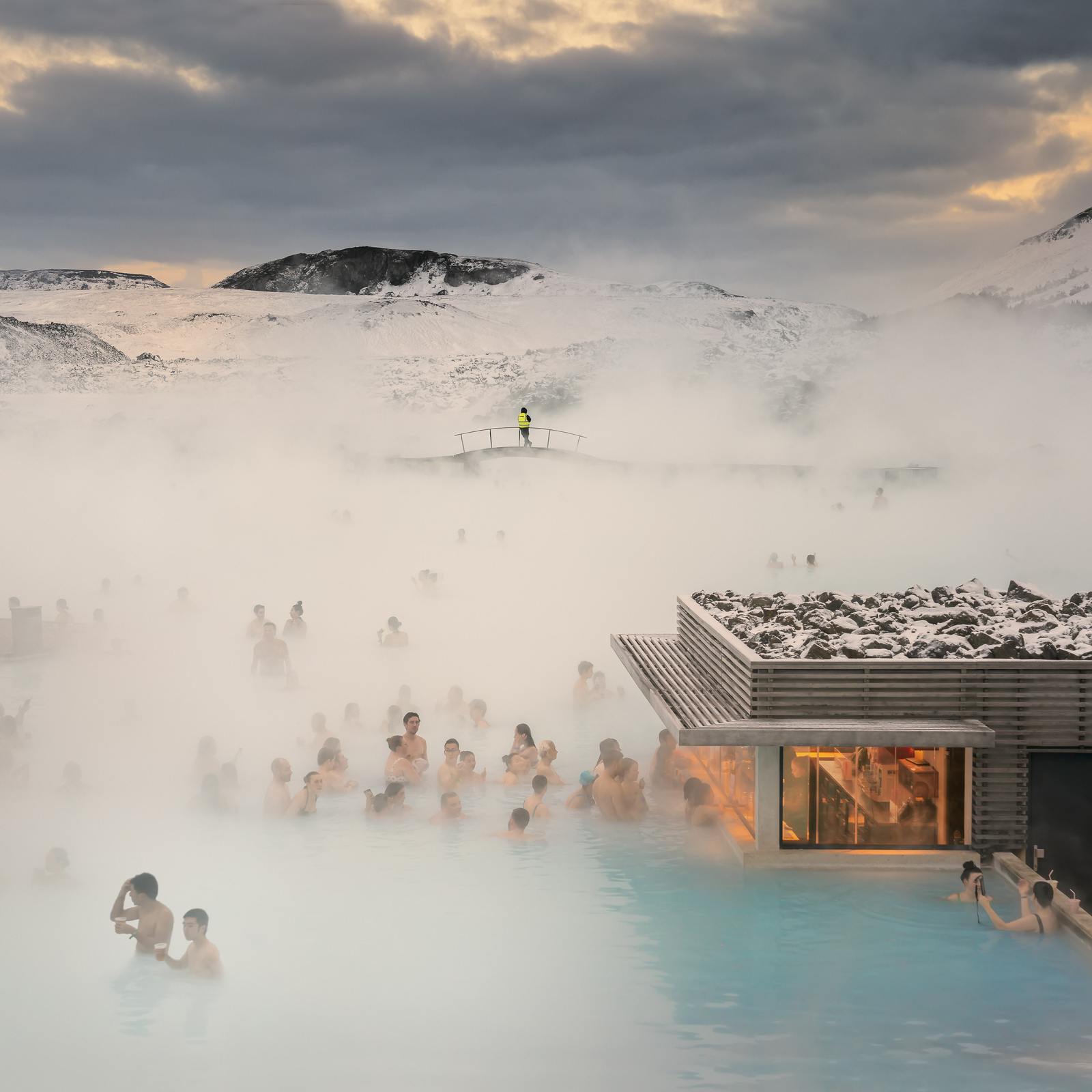
Check SafeTravel.is & Blue Lagoon's Official Site Before Visiting
FAQ
Is the Blue Lagoon natural or man-made?
The Blue Lagoon is man-made and filled with geothermal seawater from the Blue Lagoon Iceland power plant.
How far is the Blue Lagoon from Reykjavík?
The Blue Lagoon is about a 45-minute drive from Reykjavík, making it an easy day trip. Several tour operators offer transportation, and you can drive or take a bus.
What should I bring to the Blue Lagoon?
Bring a swimsuit and towel. If you forget, rentals are available on-site.
Is the Blue Lagoon suitable for children?
Children aged 2–13 can enter for free; the lagoon is family-friendly.
When is the best time to visit the Blue Lagoon?
The lagoon is open year-round when there are no safety warnings, and the optimal time depends on a traveller’s preference. Some prefer visiting during the sunny, long summer days or enjoying it in the soft light of winter.
Can I visit the Blue Lagoon without booking in advance?
It’s highly recommended to book in advance, as the lagoon often sells out specific time slots.
Are there accommodations near the Blue Lagoon?
There are a number of hotels and guesthouses in the area.







